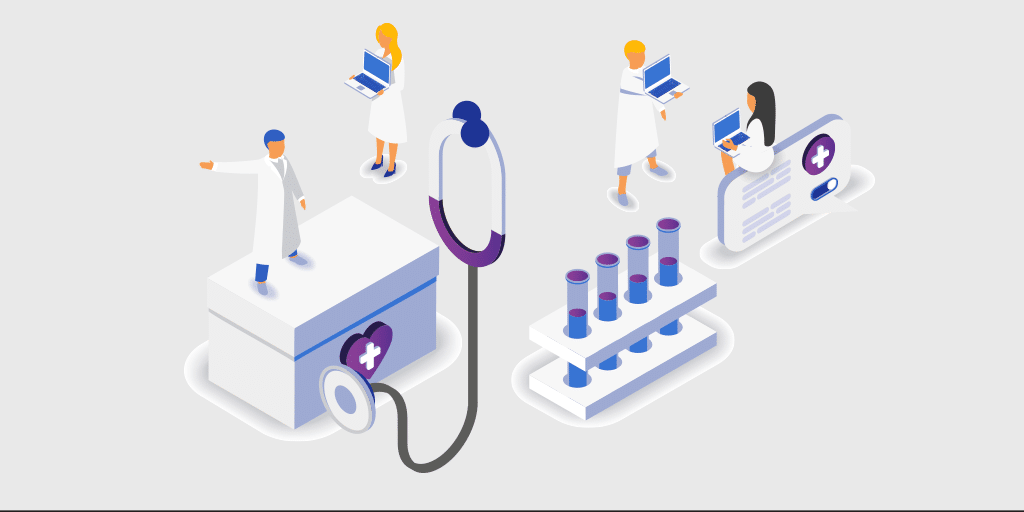Clinical pathways are an essential ingredient for next generation care delivery, however they are often misunderstood, confused, and conflated with other related topics. Traditionally, they were paper-based guidelines, during the last couple of decades they have become online publications and more recently transformed into digital flow diagrams. Now, as technology has progressed, clinical pathways are becoming automated as an integral part of care delivery.
These new automated care pathways guide care across different patients, people and places. They have prompted increased interest – now a hot topic in medicine – as well as becoming a source of great confusion.
Here is my take on the top 10 common misconceptions people have about clinical pathways:
1. A clinical pathway is a medical guideline? Developed over many years, a medical guideline is a document that provides the clinician with guidance on decisions and criteria regarding diagnosis, management, and treatment. These are typically paper or PDF documents that may be used by clinicians to inform practice. Next-generation clinical pathways incorporate guidelines but also have many other features that inform and help execute and monitor care.
2. A clinical pathway is a protocol? A protocol is an agreed-upon framework outlining the care that will be provided to patients in a designated area of practice. They do not describe how a procedure is performed, but why, where, when, and by whom the care is given. Next-generation clinical pathways follow protocols, but they are not the same thing as a protocol.
3. A clinical pathway is a policy? A policy is a contractually binding, formal written statement detailing the particular action to be taken in a particular situation. Clinical pathways dictate what actions should be taken when, but only as they apply to an individual patient’s care, not as a matter of policy.
4. A clinical pathway is an order set? An order set is a grouping of related orders that can be activated by a physician with a particular series of digital commands. A clinical pathway can trigger an order set or check for gaps. Clinical pathways may incorporate order sets, but they are not order sets in their own right.
5. A clinical pathway is a best practice advisory alert? A best practice advisory alert is an EHR splash screen alert that uses patient clinical data and decision logic to provide a warning or message. A clinical pathway can be designed to include or respond to such alerts, but it is not the same as these alerts.
6. A clinical pathway is a checklist? In the same way pilots use pre-flight checklists, clinicians use clinical checklists to ascertain status prior to an appointment, procedure, admission, discharge, transition, decision, or other activity. A clinical pathway may take cues such as checklists, but it is far more than a simple checklist.
7. A clinical pathway is a standard? A standard is a statement, reached through consensus, which clearly identifies the desired outcome. Standards are usually used within an audit as a measure of success. A clinical pathway may be designed to accomplish specific outcomes as dictated by standards, but they themselves are not standards.
8. A clinical pathway is evidence-based medicine? Evidence-based medicine is the classification of scientific evidence, often for the publication of clinical guidelines. The Grading of Recommendations, Assessment, Development, and Evaluation (GRADE) system is commonly used to classify the strength of clinical evidence. Clinical pathways are tools that enable the practice of evidence-based medicine.
9. A clinical pathway is a decision tree? A decision tree is the underlying structure of a clinical situation, including all uncertainties, choices, and outcomes. A clinical pathway’s internal logic may well be based on a decision tree, but it is so much more than a simple diagram of options.
10. A clinical pathway is a care map? A care map depicts the complexity of care across teams and settings using a holistic view of the patient. Clinicians use care maps to help avoid duplications or gaps in services, prioritize among multiple activities, and identify care coordination and communication needs. A clinical pathway is like a digital driver that routes patients along the paths of a care map.
The term clinical pathway is getting bent out of shape as many people use it to their advantage to describe a lot of different things. Hopefully, this blog article has begun to open our eyes to the potential for confusion and the ability for clinical pathways to take a step back and encompass a broad set of capabilities. Join me in my next blog article, to be published very soon, where I will go further and explore the top 10 ingredients for next generation care delivery.


